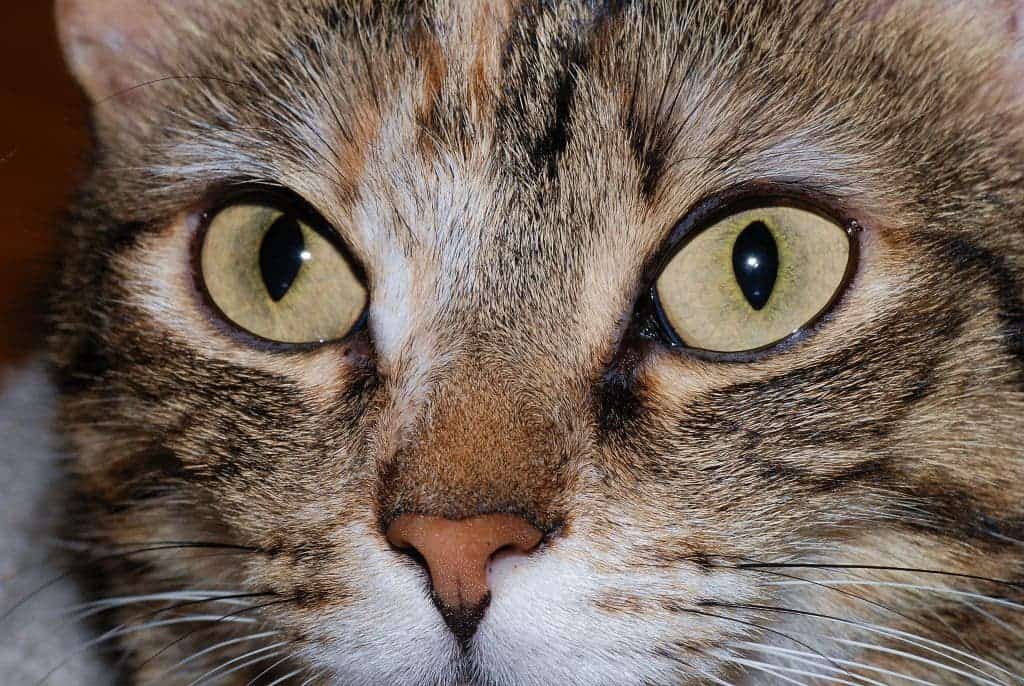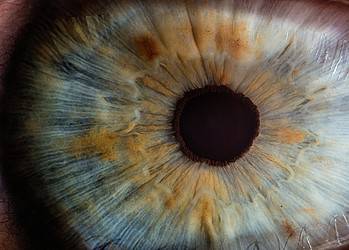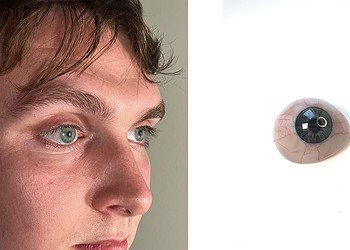Your eyes are a window to your soul, or so the saying goes – but a new research suggests that the pupil shape and size have a lot to do with an animal’s nature. Hunters like cats tend to have vertical pupils, while horizontally elongated pupils are generally plant-eaters.

Pupils are the eyes’ aperture – they’re black because light rays entering the pupil are absorbed. Humans have circular pupils, but that’s rather rare in the animal kingdom. Creatures like crocodiles, vipers, cats and foxes have vertical pupils, while for horses, rays, deer, sheep and many others, pupils are horizontal. But why? Why is there such a large variability between different species?
An analysis of 214 species of land animals shows that a creature’s ecological niche is a strong indication of pupil shape. The study, led by vision scientist Martin Banks, a UC Berkeley professor of optometry, found that creatures with vertical pupil slits are more likely to be ambush predators. Among the 65 frontal-eyed, ambush predators in this study, 44 had vertical pupils, and 36 of them had shoulder heights that were less than 42 centimeters (16.5 inches) – so they were close to the ground.
They also have stronger muscles in the eyes which allows them to greatly contract or dilate the pupil, allowing more or less light to enter the eye. For example, the vertical slits of domestic cats and geckos undergo a 135- and 300-fold change in area between constricted and dilated states. Us humans exhibit only a 15 fold change.
Meanwhile, grazers need horizontal pupils so they can better detect predators.
“The first key visual requirement for these animals is to detect approaching predators, which usually come from the ground, so they need to see panoramically on the ground with minimal blind spots,” said Banks. “The second critical requirement is that once they do detect a predator, they need to see where they are running. They have to see well enough out of the corner of their eye to run quickly and jump over things.”
Meanwhile, those with round pupils, like humans, are more likely to be active hunters, chasing down their prey. This raises an interesting question: we have vertical, horizontal, circular… why not diagonal?
“For species that are active both night and day, like domestic cats, slit pupils provide the dynamic range needed to help them see in dim light yet not get blinded by the midday sun,” said Banks. “However, this hypothesis does not explain why slits are either vertical or horizontal. Why don’t we see diagonal slits? This study is the first attempt to explain why orientation matters.”
Well, herbivores need to have a broad field of sight to be able to see incoming predators. For ambush predators, accurately gauging the distance animals would need to pounce on their prey – this is prevalent especially for animals closer to the ground (this is why cats have vertical pupils, but bigger cats, like lions or tigers don’t). Having diagonal pupils simply wouldn’t provide any advantage.
So far, this study has only been conducted on terrestrial animals. It would definitely be interesting to see how their findings fare with flying and water-based creatures.






